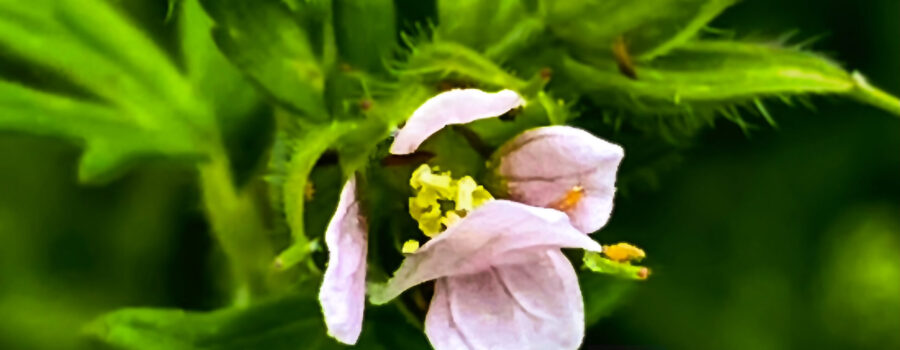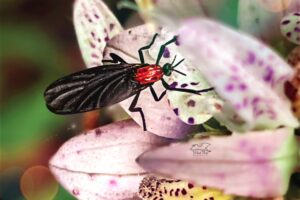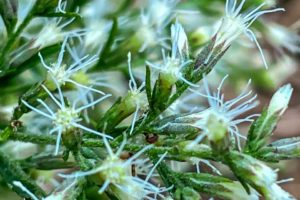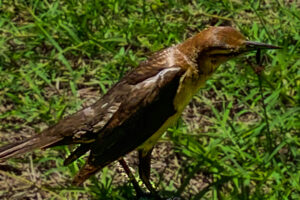Carolina Geraniums are One of the Most Interesting Spring Wildflowers

With spring in full swing now, the wildflowers are everywhere. There are large ones like purple thistles and small ones like Roundleaf bluets. They come in just about any colors you can imagine and they grow even in some of the most inhospitable areas. One of those wildflowers that actually prefers difficult habitats is the Carolina geranium (Geranium carolinianum). It’s a small, pinkish white flower about the size of your pinky nail. It grows in disturbed areas such as construction sites, roadsides, and abandoned farm fields. It’s even known to grow between cracks in pavers and sidewalks. It also grows in areas that have poor sandy soil, clay, or even rocks and likes a higher pH than most plants, all of which help to reduce competition from other plants. Much of our office area has been covered in limestone to help harden the roads, and when we have heavy rains the limestone tends to accumulate in low lying areas. This time of year those areas are covered in these plants with their pretty little flowers.

The Carolina geranium is also frequently called the Carolina crane’s-bill due to the beak-like extensions on the fruits and seeds (you can see the extensions on the two seeds in the above image). It’s a member of the geranium family, Geraniaceae, and has two subspecies in North America. It is found throughout much of North America and is considered a native in most areas, but is considered invasive in some states in the US and in much of the rest of the world. Like other geraniums, it is sometimes used as a decorative flower in gardens, from which it frequently escapes. Here in central Florida it is considered a native “weed” and many people try to eliminate it from their property. It reproduces by releasing large numbers of seeds that do not require any aging to germinate. That, along with the fact that they will grow in inhospitable areas makes it easy to see why it’s considered invasive in some places.

Like so many other “weeds”, this plant can be quite beautiful and is good at attracting wildlife. The flowers are pollinated by any number of insects including bees, moths, small butterflies, and ants. The seeds feed wild birds, especially quail, wild turkeys, mourning doves, and ground doves. During the winter the foliage is very attractive to deer and wild rabbits since it has fairly high protein levels. It also has several medicinal uses, but it can be caustic to the skin of people who are allergic. All in all, the uses outweigh it’s potential to overgrow, and it’s welcomed by wildlife lovers.






Recent Comments